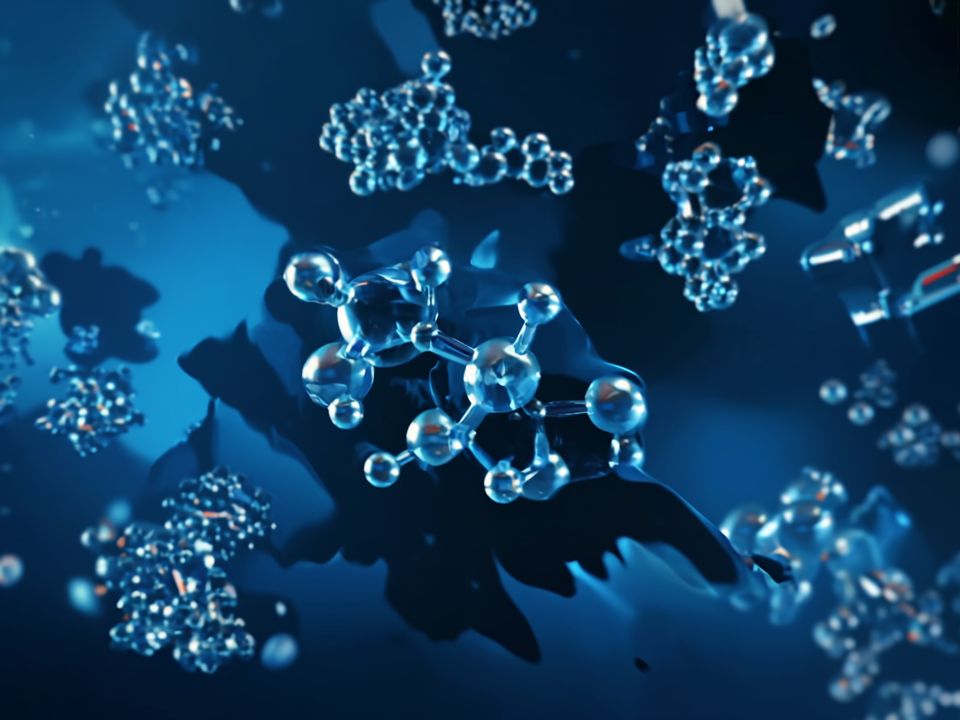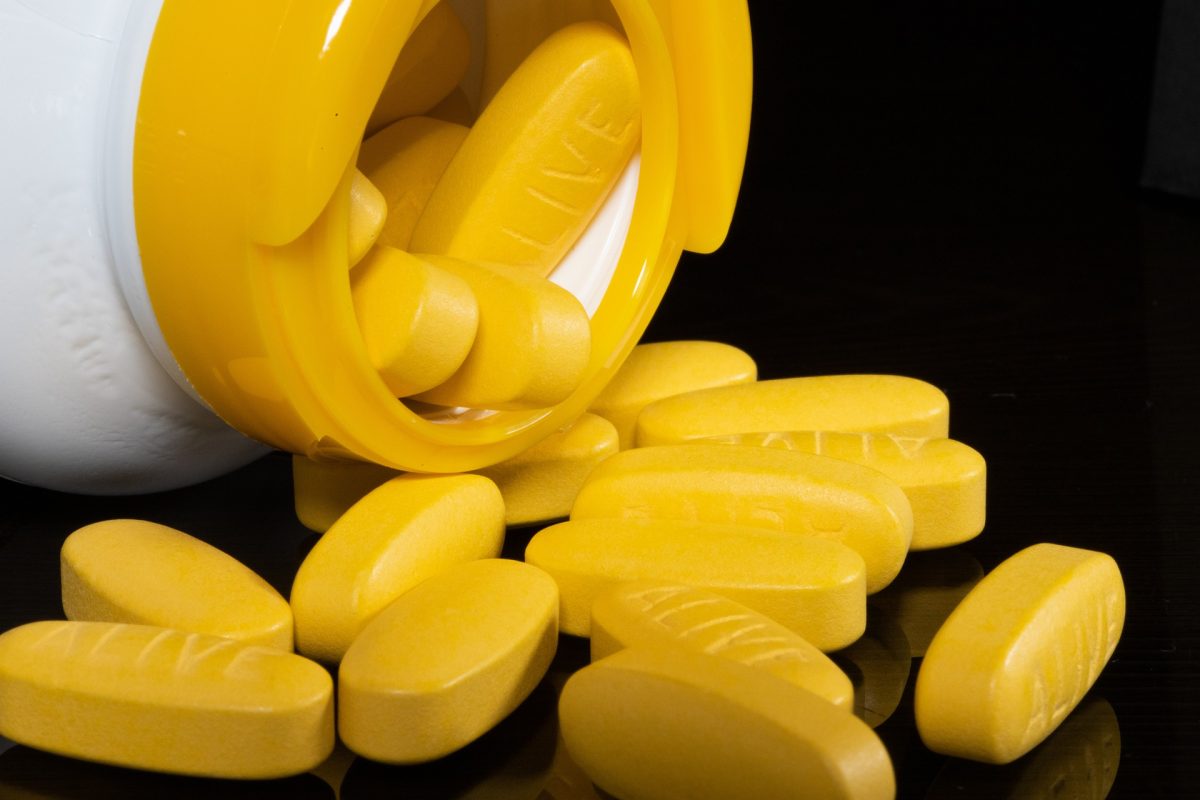by Mrudula Kulkarni
5 minutes
Solving Complex Analytical Challenges: A Practical Guide for Choosing RP vs. HILIC vs. Normal Phase
A practical guide to selecting the right column and separation mode for polar analytes in chromatography.

Quick Summary (TL;DR)
- Polar analytes (pesticides, NSAIDs, sugars, amino acids, etc.) are often poorly retained on traditional C18 columns.
- When to use what? Reverse Phase (RP) for moderately polar analytes and broader compatibility; HILIC for highly polar analytes needing strong retention in high‑organic mobile phases; Normal Phase for very non‑aqueous, specific selectivity use cases.
- Use the Polar Separation Method Checklist (at the end) to speed up column/mode selection and method development.
Get started today — Learn from the Experts How to select the best column for retaining and separating polar analytes, with a focus on Reverse Phase & HILIC chemistries.
Introduction: Why Polar Molecules Are Tricky
Polar molecules are everywhere — from the polar pesticides in your vegetables to NSAIDs in pharmaceuticals, from sugars in food science to amino acids in biological research.
Yet, these highly polar analytes have one thing in common: they don’t behave well in traditional C18 chromatography columns.
For chromatographers, that means poor retention, poor separation, and wasted time troubleshooting.
The answer lies in choosing the right separation mode — and this guide will walk you through exactly how.
Understanding the Polar Puzzle
In chromatography, separation depends on how well the analyte interacts with the stationary phase. Highly polar analytes tend to have very short retention times on hydrophobic C18 columns — they simply don’t “stick” long enough to separate effectively.
Common examples of polar analytes include:
- Polar pesticides in food safety testing
- NSAIDs in pharmaceuticals
- Sugars and amino acids in biological research
- Water-soluble vitamins in nutritional analysis
The Three Key Modes for Polar Separations
A. Reverse Phase (RP) with Polar Columns
Best for: moderately polar compounds, when using polar-embedded or polar-endcapped phases.
- Works when analytes have some hydrophobic character.
- Compatible with most existing LC setups.
Tip: Use polar-embedded phases for better water compatibility.
B. Hydrophilic Interaction Liquid Chromatography (HILIC)
Best for: highly polar, water-soluble analytes.
- Uses a polar stationary phase and a high-organic mobile phase.
- Great for sugars, amino acids, and metabolites.
Tip: Watch your sample solvent — high water content can reduce retention.
C. Normal Phase
Best for: separating isomers and non-ionized polar analytes.
- Uses a polar stationary phase and a non-polar mobile phase.
- Ideal for separating positional isomers or small, neutral polar molecules.
Tip: Ensure full miscibility of your solvents to avoid phase separation.
How to Choose the Right Mode — The Decision Framework
Selecting the right separation mode depends on:
- Analyte polarity — high, medium, or low.
- Solubility — water vs organic solvent.
- Sample matrix — clean standard vs complex extract.
- Detection method — UV, MS, fluorescence, etc.
Webinar on The Polar Puzzle: Solving Complex Analytical Challenges
Method Optimization Tips
- Start broad: use scouting gradients to map analyte retention.
- Adjust pH to alter ionization state for better selectivity.
- Consider temperature changes for challenging compounds.
- Use mixed-mode columns when polarity is borderline.
Common Pitfalls and How to Avoid Them
Conclusion
Polar analytes may be challenging, but with the right method selection framework and tools, you can achieve reliable, high-quality separations every time. Whether you’re in pharmaceuticals, food safety, environmental testing, or specialty chemicals, understanding and applying the right separation mode is the key to success.
Get started today — Learn from the Experts How to select the best column for retaining and separating polar analytes, with a focus on Reverse Phase & HILIC chemistries.
FAQs
1. How do I decide between RP and HILIC quickly?
If analytes are highly polar or eluted at void on C18, start HILIC. If the sample is aqueous and analytes are moderately polar, start RP with a polar‑embedded/C18‑AQ column.
2. Can I inject aqueous samples in HILIC?
Keep diluent high in organic (ACN‑rich) or match starting conditions to avoid peak distortion.
3. Why are HILIC methods less reproducible at first?
They require longer equilibration to stabilize the water layer; maintain consistent buffer strength and temperature.
4. When is the Normal Phase still relevant?
For specific selectivity (e.g., isomers) and non‑aqueous analytes; ensure detector/solvent compatibility and safety protocols.




